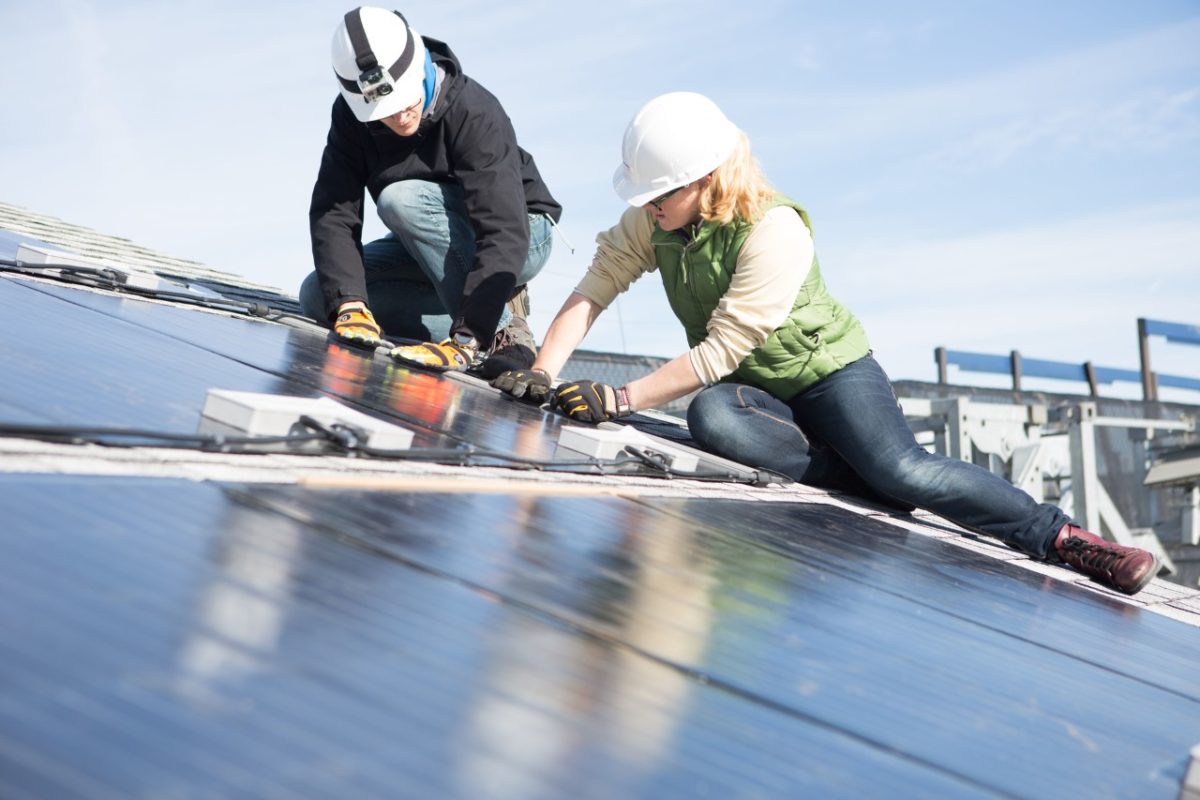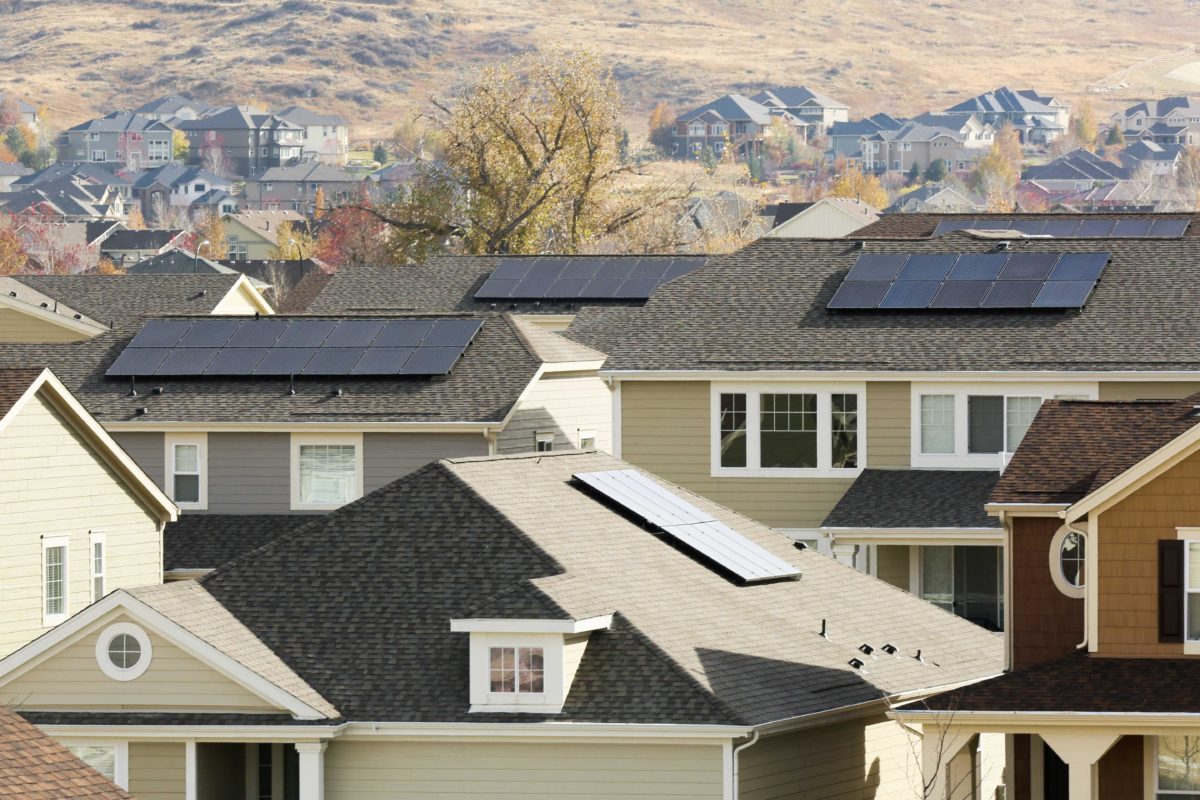h2ofun
Active Member
I might remove all my panels and batteries if that happensMore people will find a way when they see their "connection charges" jump 10X, if the utils get their way.
You can install our site as a web app on your iOS device by utilizing the Add to Home Screen feature in Safari. Please see this thread for more details on this.
Note: This feature may not be available in some browsers.
I might remove all my panels and batteries if that happensMore people will find a way when they see their "connection charges" jump 10X, if the utils get their way.
Keep the batteries as backup for when the power goes out.I might remove all my panels and batteries if that happens
And with no solar, I could grid chargeKeep the batteries as backup for when the power goes out.
Does this mean that during the heat dome when everyone is using A/C we will not have a flex alert from our wonderful utilities.As an aside, over the past couple weeks here in CA grid scale batteries are now regularly feeding over 1 GW into the grid during evening peak times. On Aug 10th, it peaked at 1,257 MW at 7:35 PM. That is a HUGE change from even just a few months ago. The battery charging seems to happen both in the early hours of the morning, and after the sun comes out - when solar kicks in.
California ISO - Supply, Today's Outlook
View real-time and historical data on generation resources, including renewables, currently on the system.www.caiso.com
Not yet. Grown very fast, but just over 1GW now as noted. Probably will need to be at least 5x that (and no peaker plants retired in the interim).Does this mean that during the heat dome when everyone is using A/C we will not have a flex alert from our wonderful utilities.
The Tesla Powerwalls will cover your AC and take a load off the gridDoes this mean that during the heat dome when everyone is using A/C we will not have a flex alert from our wonderful utilities.
will never happenMore precise analysis should be had, but rural > suburban > urban grid management costs need to be compensated by proportionally by utility customers.
For example, a few hundred houses in far flung forested areas cost far more in infrastructure and maintenance than several hundred thousand in dense urban areas. Billing should be proportional.





Actually, there is a simple solution to this.
At least will absorb most of the excess energy generation:
Lower the thermostat in the house / building.
Technology Connections made a video explaining how we should consider AC as a form of energy storage.
In fact, AC energy storage is nothing new at all, the idea has been around for decades. Read a Popular Science article about this decades ago.
(I hope this is OK for me to post, being new to this forms.)
Agree, however a major challenge to making renewables attractive is dealing with cyclical nature of renewable power generation.In any case, the point of the article was not efficiency, but the increased use renewables may result in a significant decrease in the cost of electricity, which would correspond to a decreased ROI for renewable projects. So much so more incentives may be necessary for renewable projects not less. However, the goal is not just efficiency, for which there are alternatives, but climate neutral energy systems
Agree, however a major challenge to making renewables attractive is dealing with cyclical nature of renewable power generation.
Batteries are far from the ideal solution (IMHO the worst solution on utility level scale ).
The need to expand on storage systems goes hand in hand with renewable power generation.
Agree, however a major challenge to making renewables attractive is dealing with cyclical nature of renewable power generation.
Batteries are far from the ideal solution (IMHO the worst solution on utility level scale ).
The need to expand on storage systems goes hand in hand with renewable power generation.
That's why in the near-term local storage is key. The problem is of the grid storage technologies available today batteries are generally the most accessible locally, (small or moderate scale). Batteries can be cost-effectively deployed locally and a regional smart grid is not an initial requirement.
Batteries aren't the worst solution at all. Batteries are relatively efficient electricity storage devices, have very rapid response time, and provide precise output.
The only reason they've not be used more in the past is cost.





